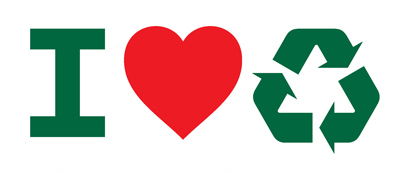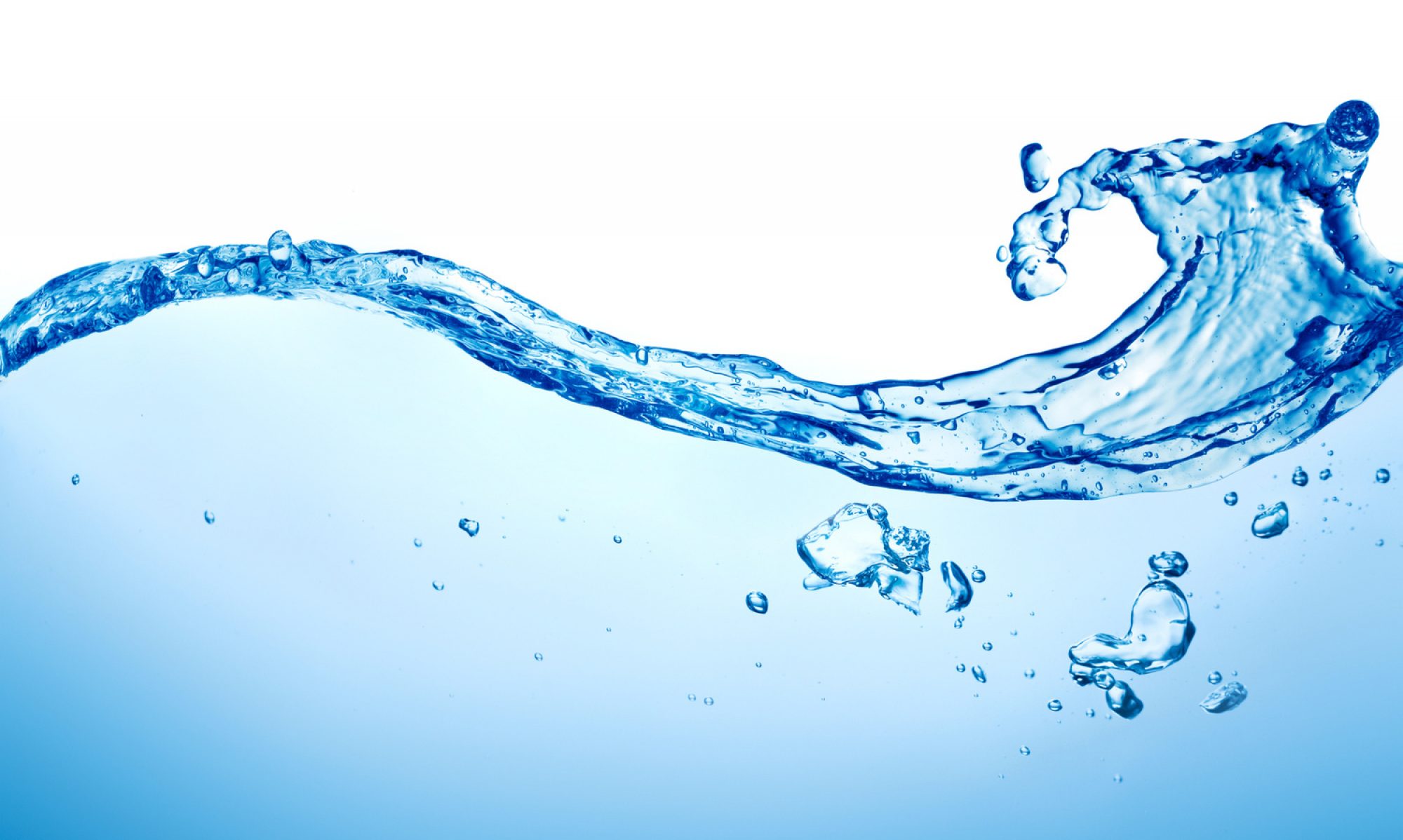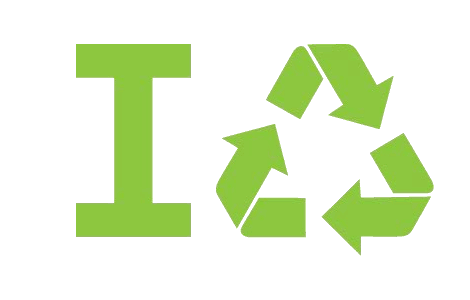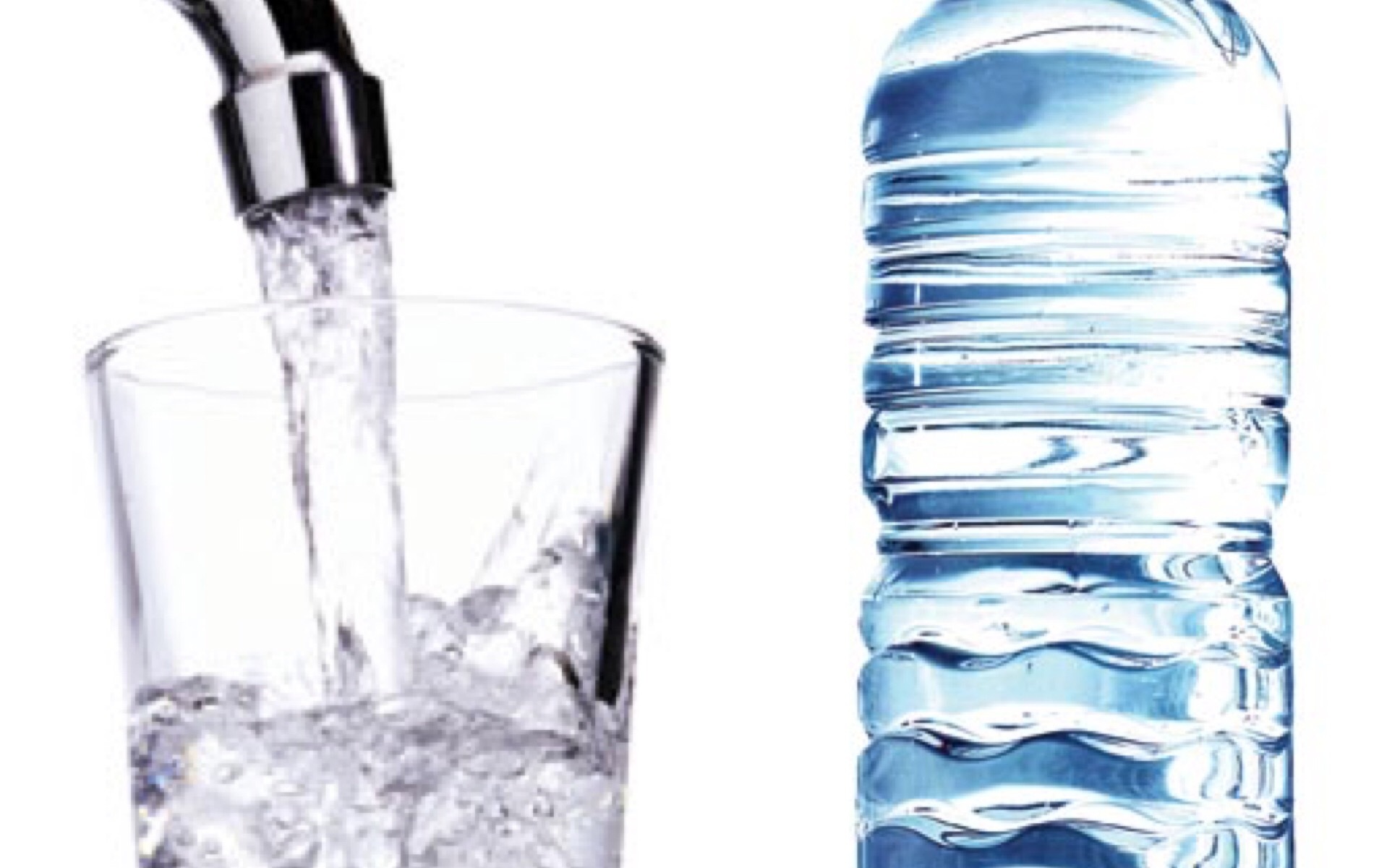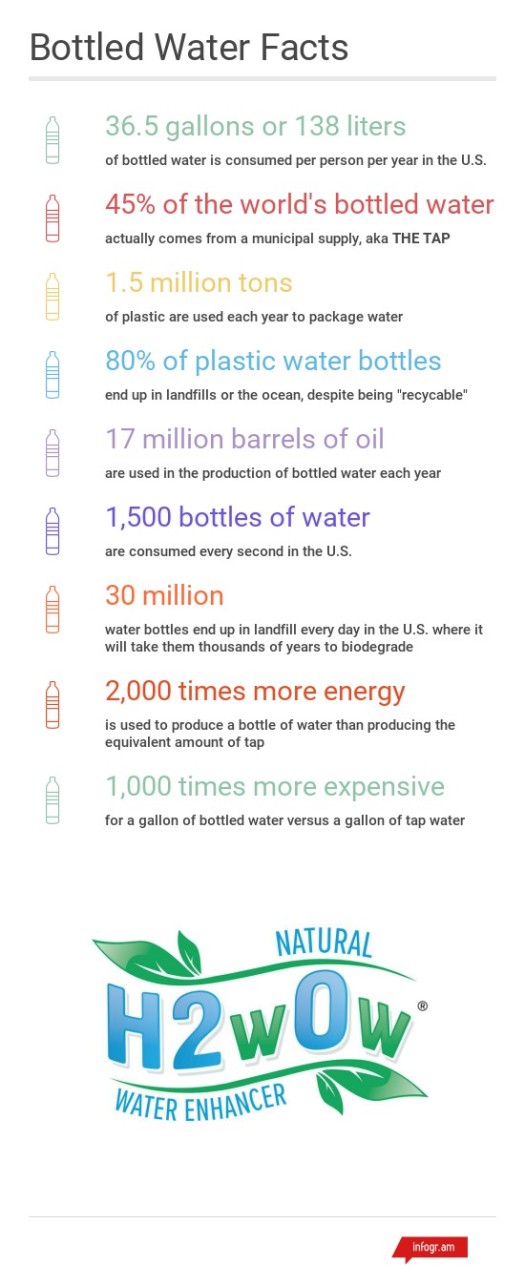Each year, on November 15th, millions of people across the country participate in America Recycles Day, a Keep America Beautiful initiative. This nationally recognized day is dedicated to encouraging Americans to recycle and buy recycled products.
America Recycles Day aims to educate people about the importance of recycling to both our economy and the environment, and helps motivate occasional recyclers to become “everyday” recyclers. The recycling rate in our country has increased every year, for the past 30 years, however it’s still only at 34%.
America Recycles asks people to pledge to the following:
- LEARN about what materials are collected and recycled in your community
- ACT in the next month to reduce the amount of waste you produce, recycle more, and buy more products made with recycled content
- SHARE in the next month and encourage one family member or one friend to take the #BeRecycled pledge.
It seems simple enough for everyone to take this pledge. For me, the LEARNING part is easy, I live in San Francisco, which has a Waste Zero goal and has programs in place to recycle literally everything from bulky things, like mattresses and appliances, to hazardous waste, like old paints and batteries. In fact, San Francisco Recology has a vision to create a world without waste by developing and discovering sustainable resource recovery practices that can be implemented globally.
Living in a city that is a world-leader with its Waste Zero mission means that, between composting and recycling, I already produce virtually no “trash”. However I know I can still do better and there are additional ACTIONS I can take. For me this involves two main areas,
- Making a stronger commitment to buy more products that are made with recycled content and to really pay attention to this.
- Making consistent smart decisions around packaging and reducing the amount of recycled material that I produce. From choosing reusable containers over ziplocs every single time (even when I’m in a rush and all of the containers are dirty) to making a conscious choice to choose Tap Versus Bottled Water and always remembering to bring my refillable container.
In the past, I’ve recommended my favorite refillable water bottles, but today, in honor of my America Recycles Pledge, I want to take this one step further by recommending the best refillable bottles that are made with recycled materials. Here are three awesome companies that are using sustainable practices to make really cool refillable bottles:
- Liberty Bottles: I can’t say enough positive things about this company. Liberty Bottleworks is 100% dedicated to preserving the environment and truly cares! The company’s unique aluminum bottles are made with recyclable material, are entirely recyclable, AND are made in the USA at a manufacturing facility that strives to be zero waste. The Washington-based company offers several collections of distinctly unique bottles, including its “Karma Collection“, by which it supports great organizations, like Keep America Beautiful and the National Parks Conservation Association, by selling uniquely designed bottles and then contributing 5% of its net sales to the applicable charity. Liberty Bottleworks offers so many fun and artistically designed bottles and even has a Build-a-Bottle program, enabling customers to design their own bottle all the way through the process. I love this company’s products, and what they’re all about, and can’t wait to buy some of their bottles to give as holiday gifts.
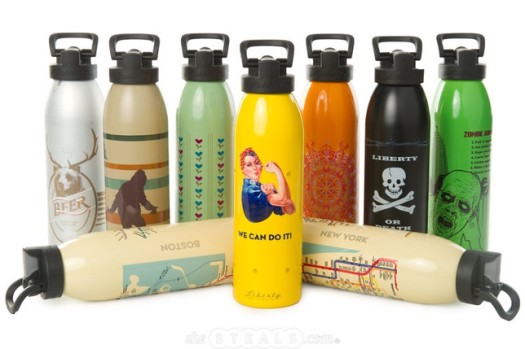
Liberty Bottles offer fun and unique artwork - BottlesUp: Made with a minimum of 75% recycled glass, food-grade silicone caps and rings, and no plastic in the product or the packaging, this company believes that it has the lowest carbon footprint in the industry. BottlesUp’s glass water bottles are sourced and made in North America and available in 2 sizes and eight colors. The company is dedicated to offering customers a truly green product and also aims to be the healthiest option, stating that glass is the purest material to drink from.
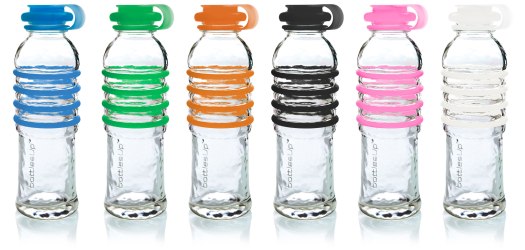
BottlesUp combines the clarity of glass with a sophisticated and practical design - ECOVESSEL: While not all of the company’s bottles are made with recycled materials, the company does have an overarching respect for the planet. Part of its mission is to support organizations that work to provide clean drinking water around the world, like Water for People. ECOVESSEL’s SURF Recycled Glass Water Bottle contains up to 60% Recycled Glass and is available in five colors and two styles.
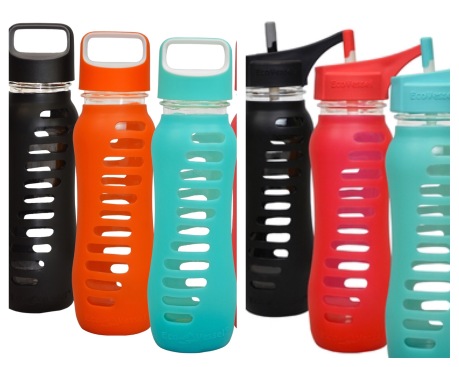
ECOVESSEL’s SURF Bottle may be glass but it’s designed to be extremely durable and to withstand breaks
There’s always more that we can each do. Small individual changes can lead collectively to huge change. I’ve SHARED with you the actions I will take and have included three companies that I feel proud to support in an effort to help me fulfill these ACTIONS (although I must say that Liberty Bottles is my personal favorite).
